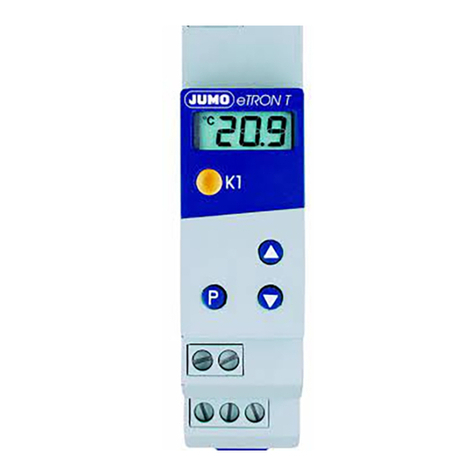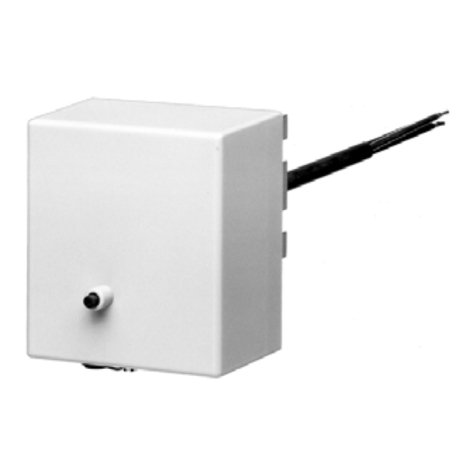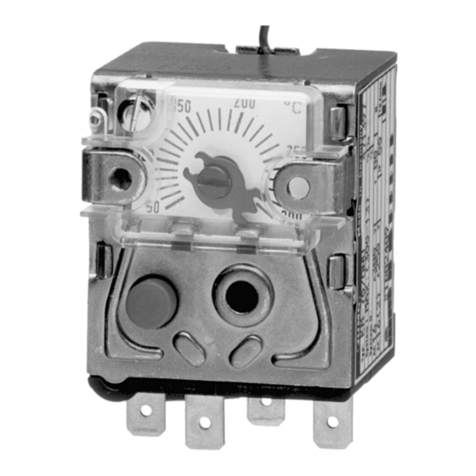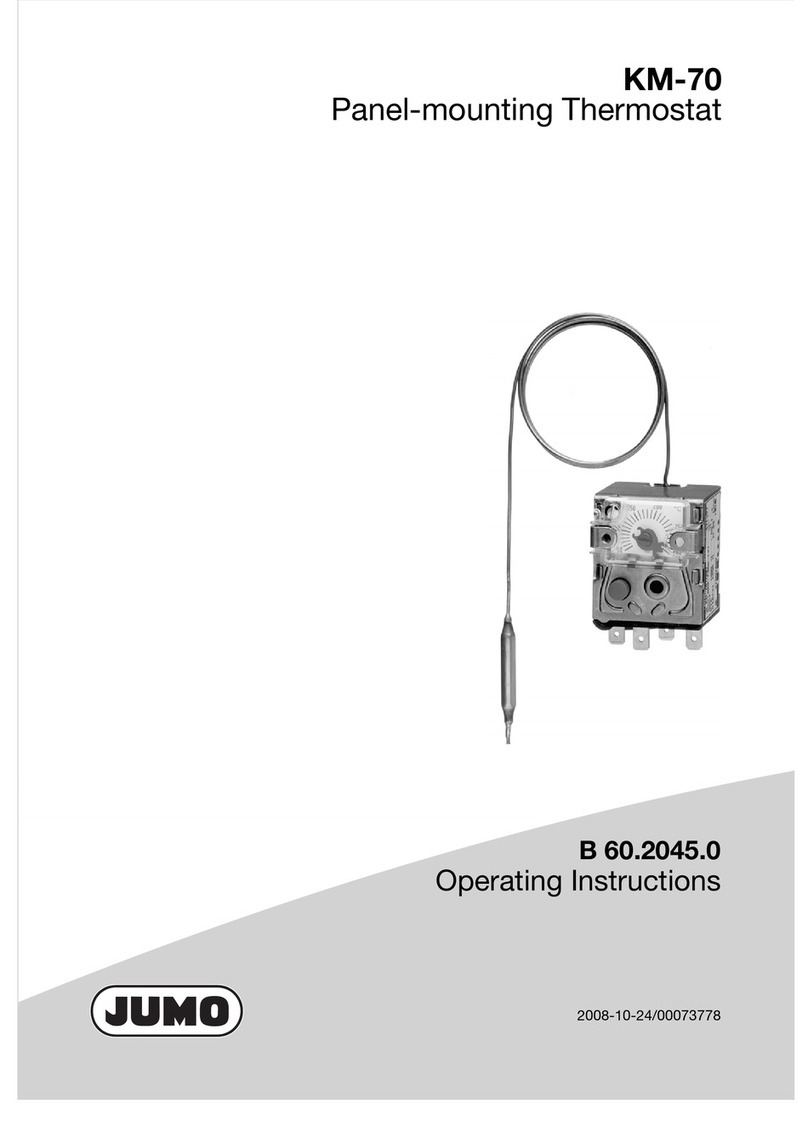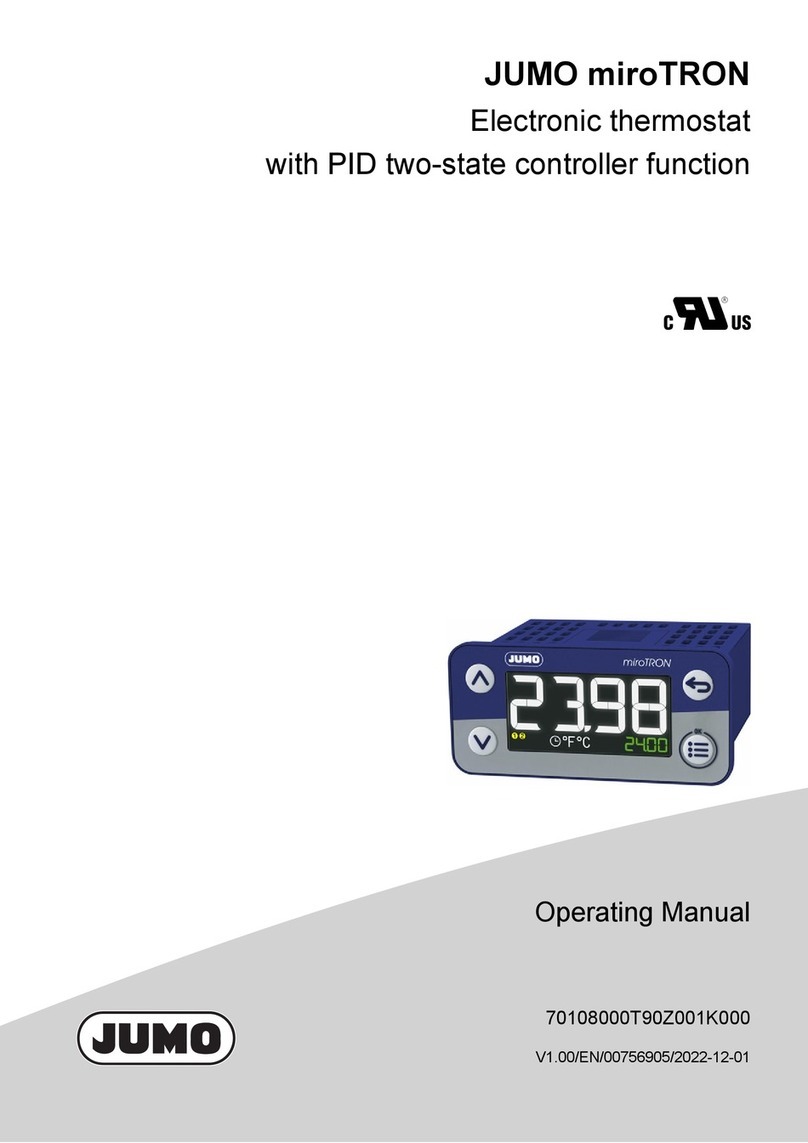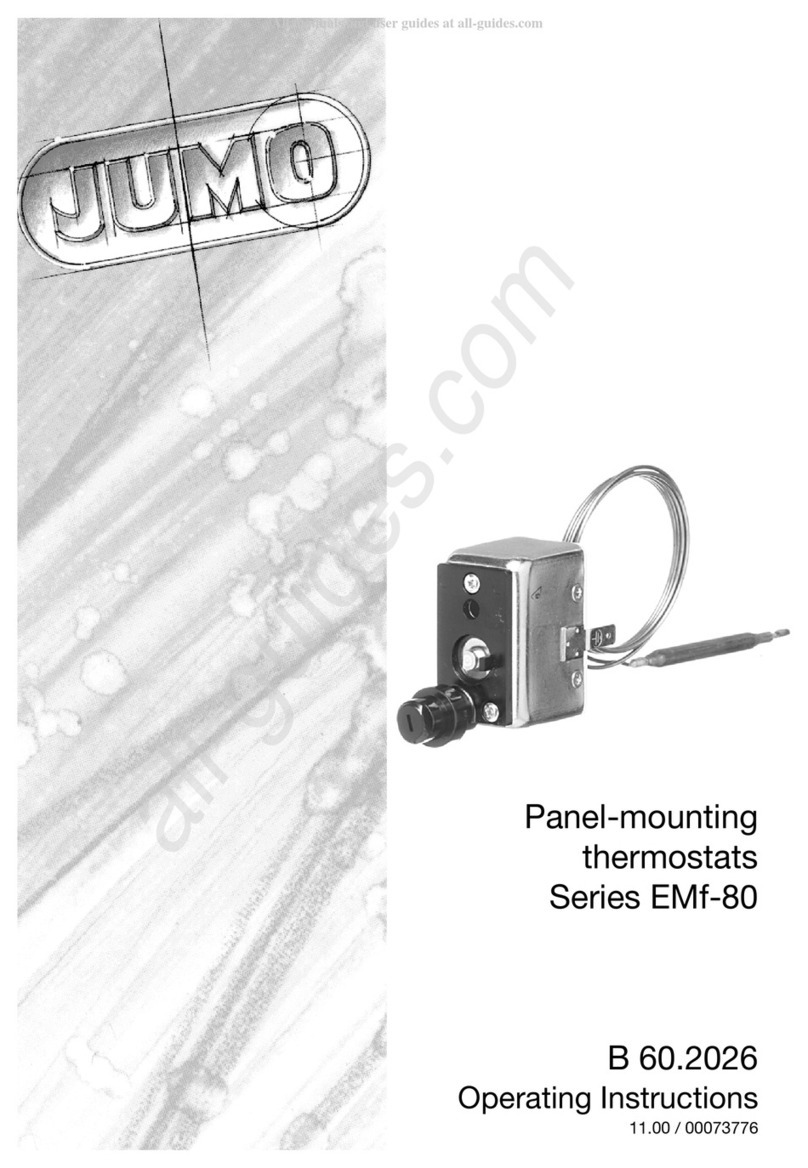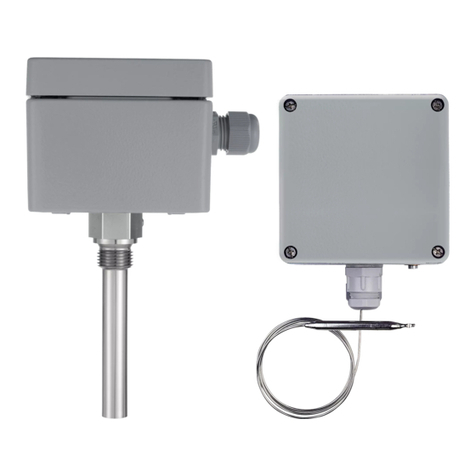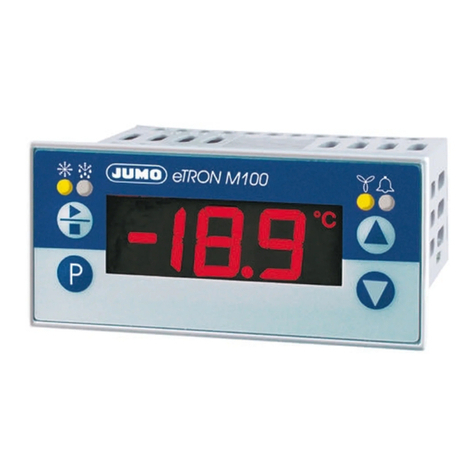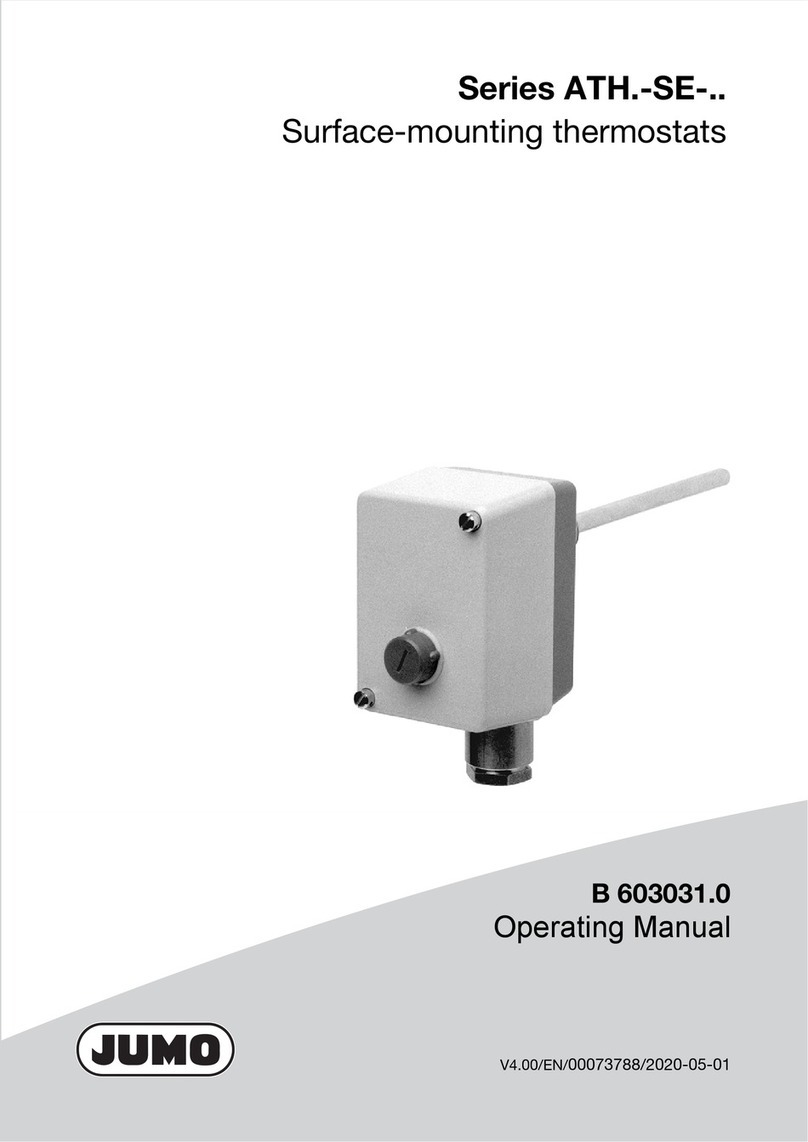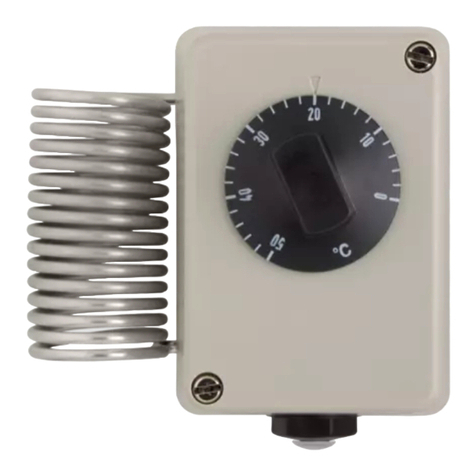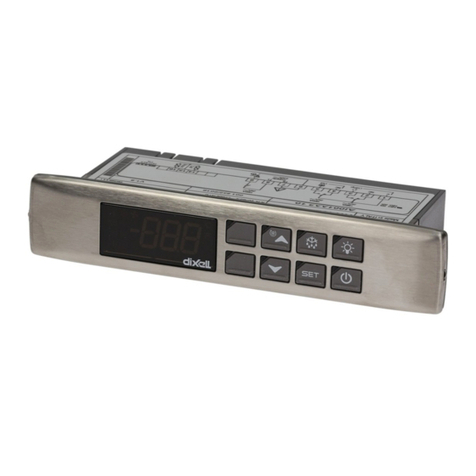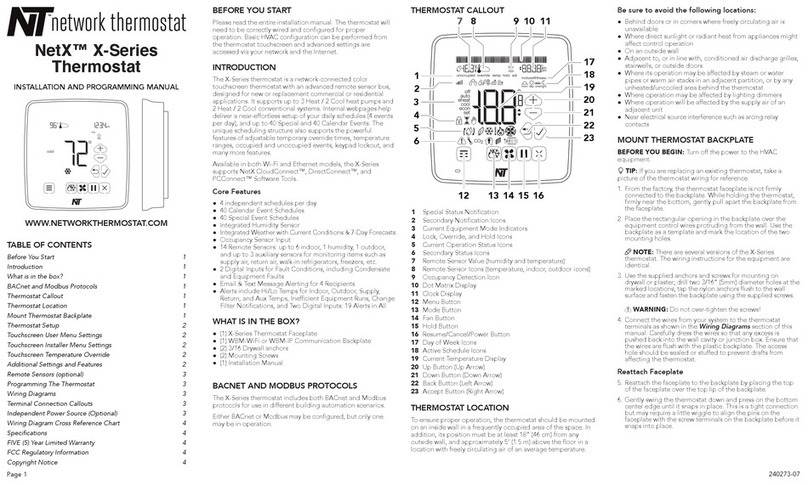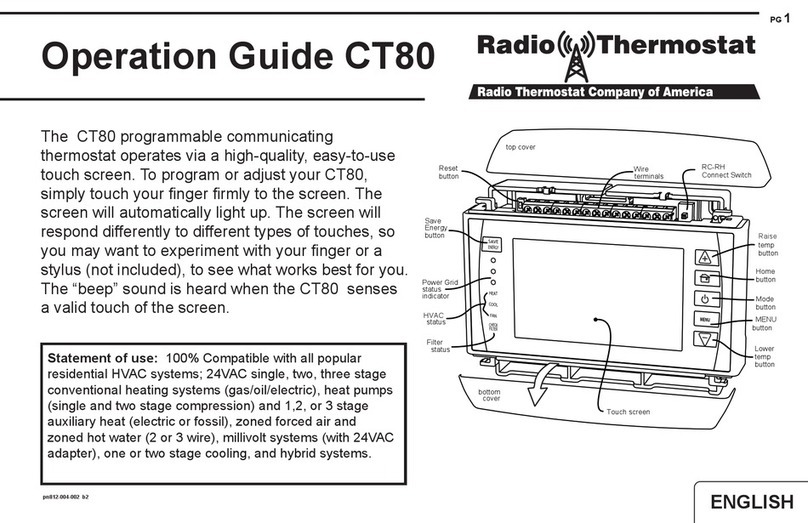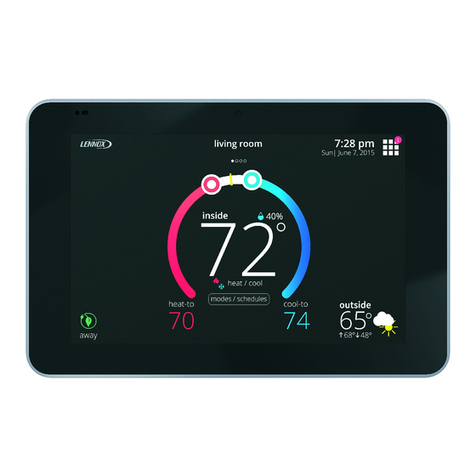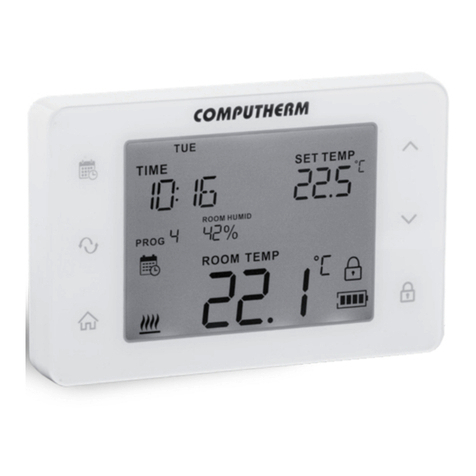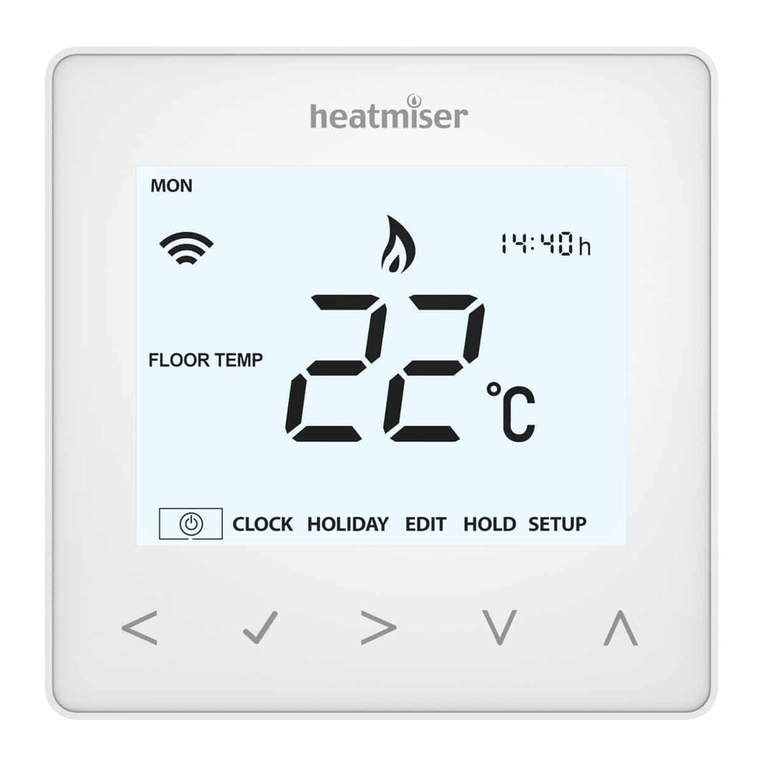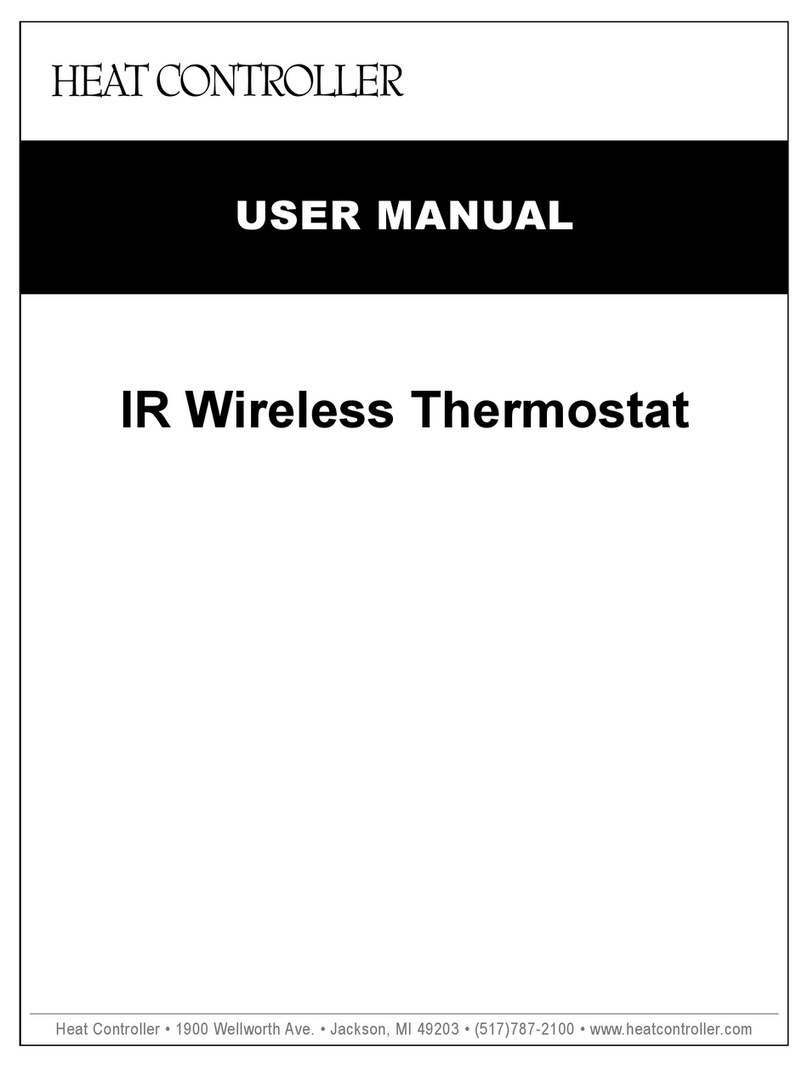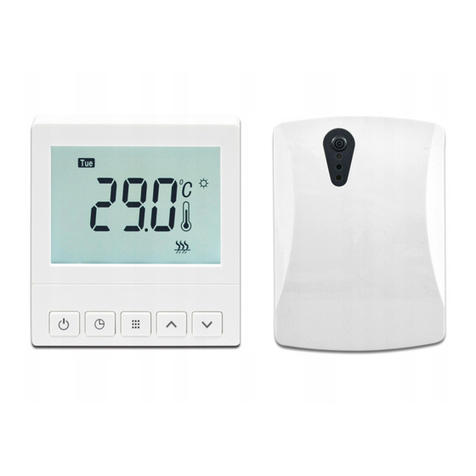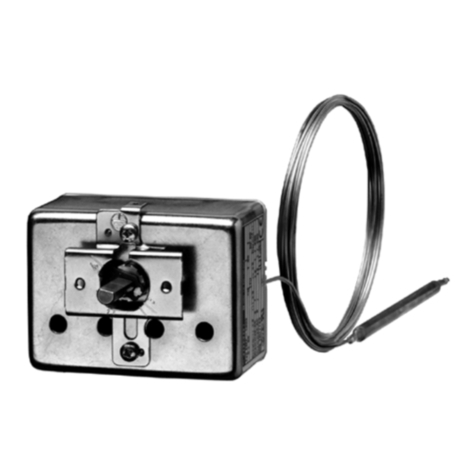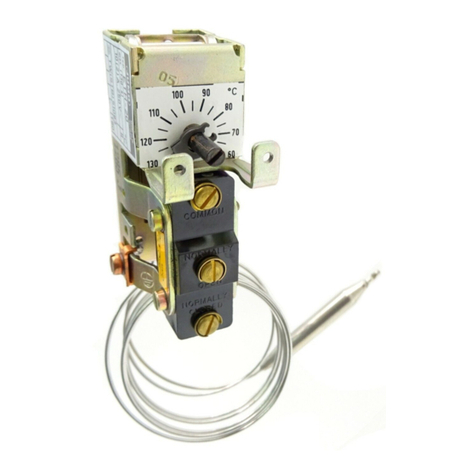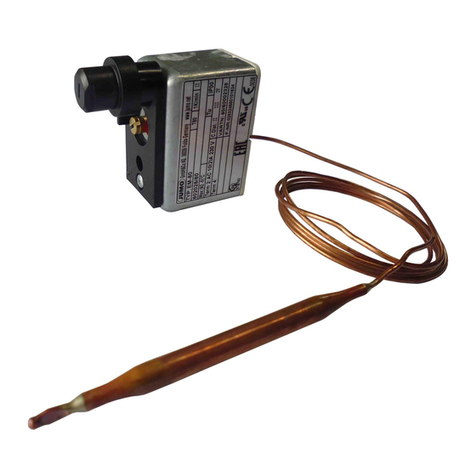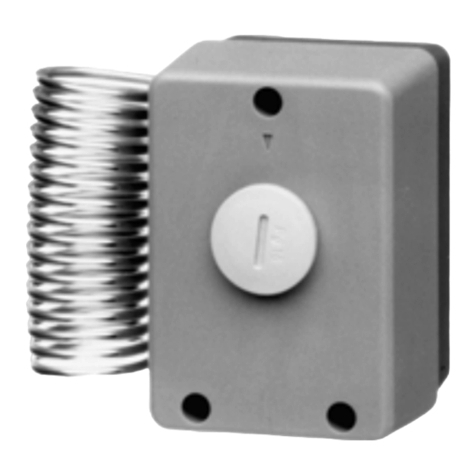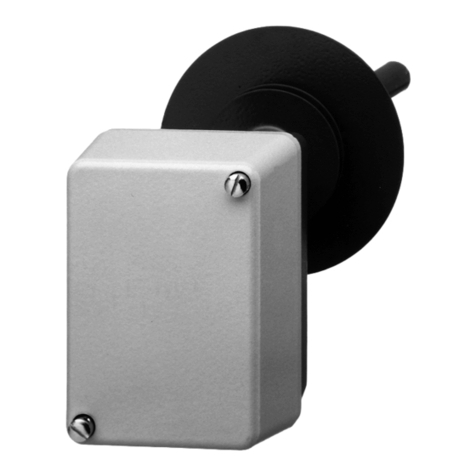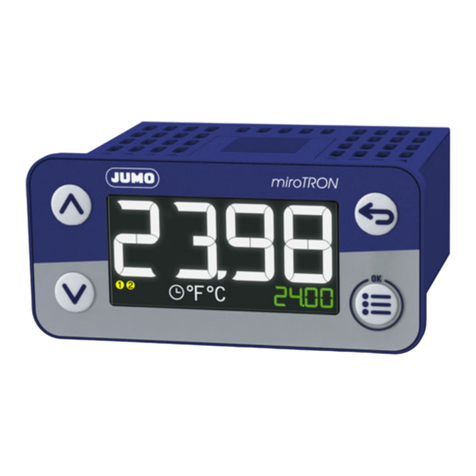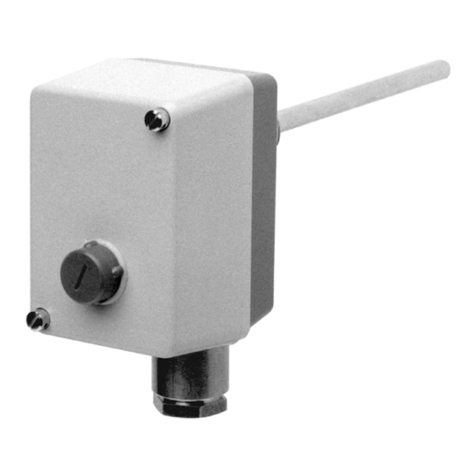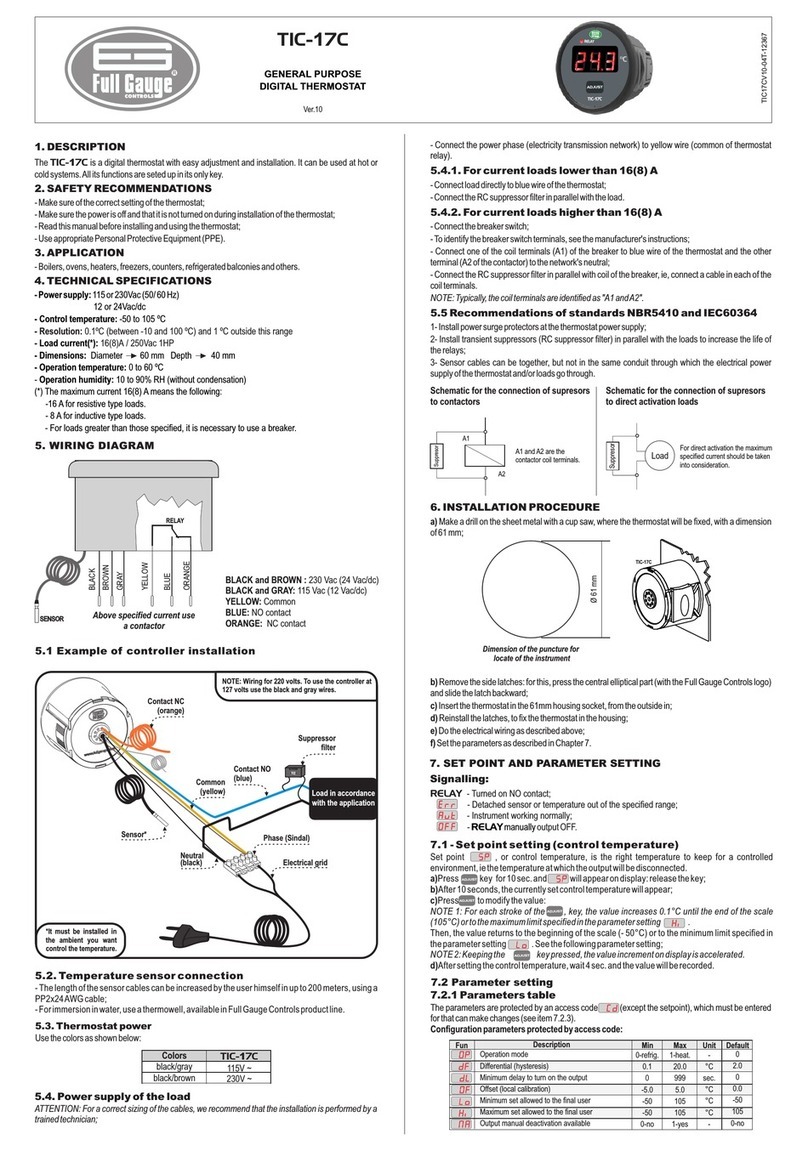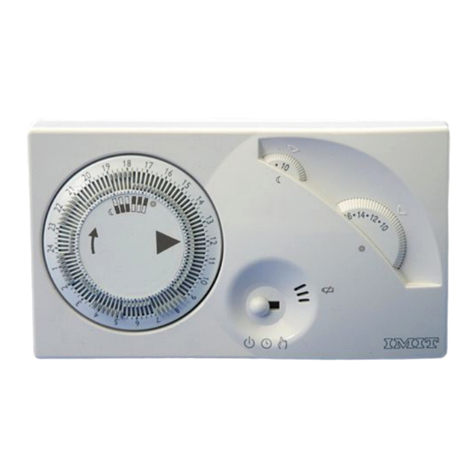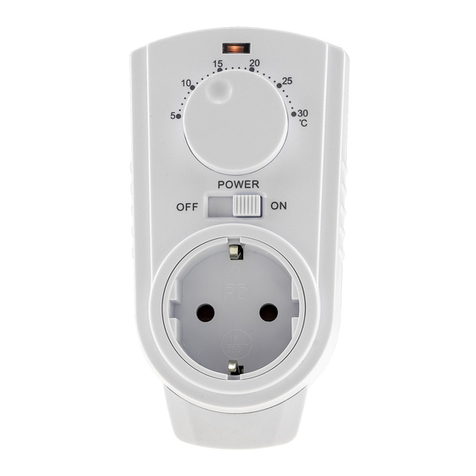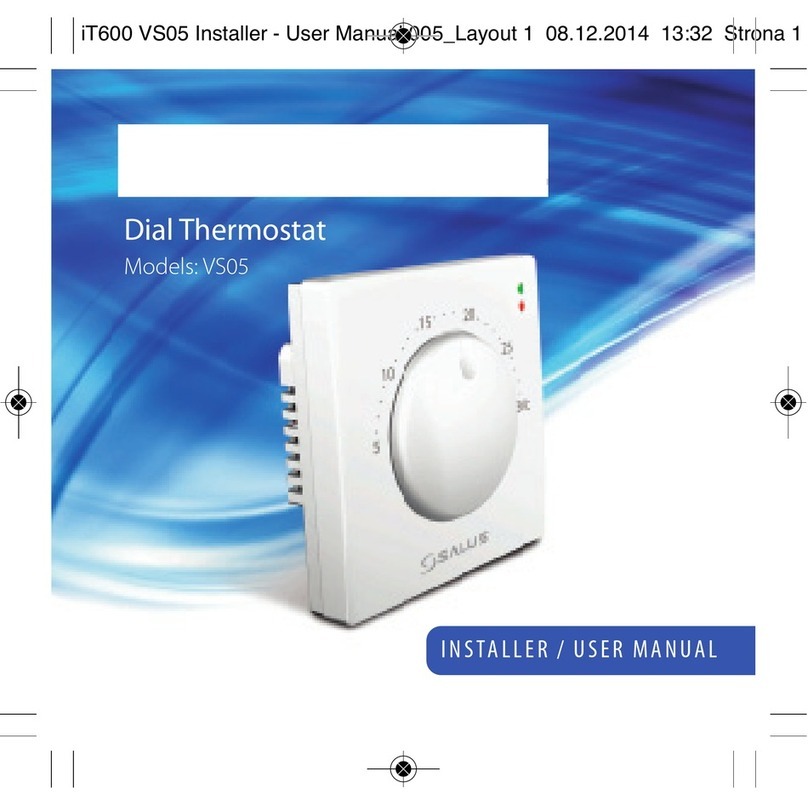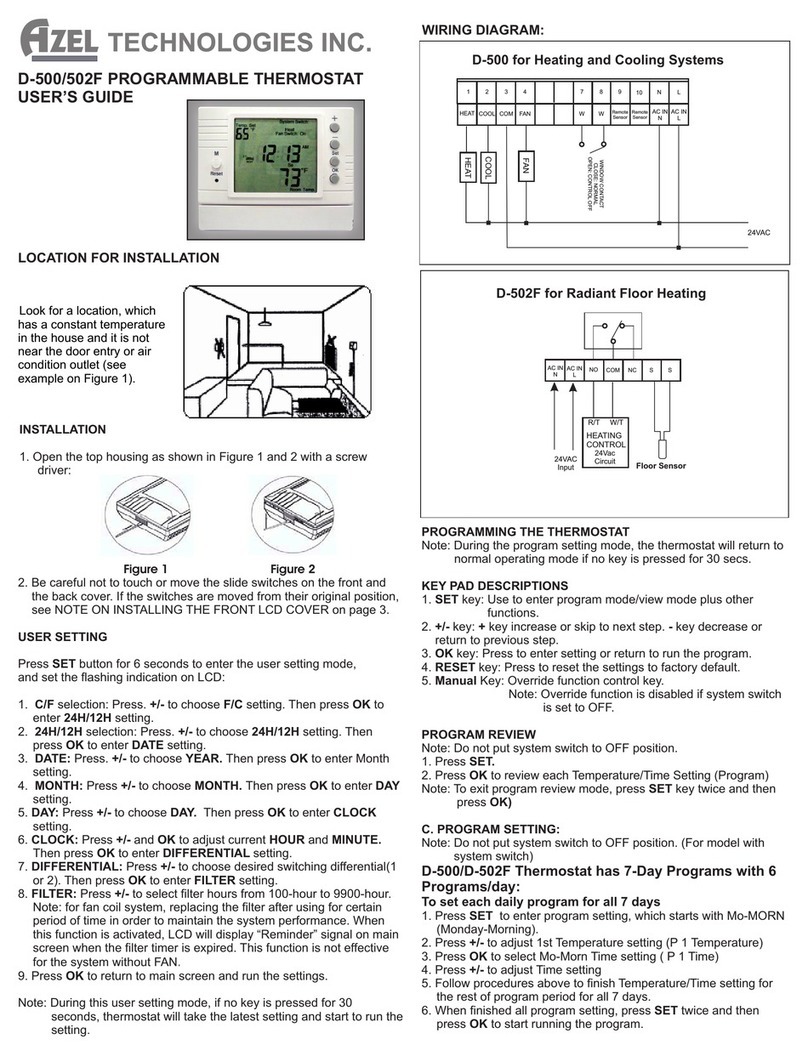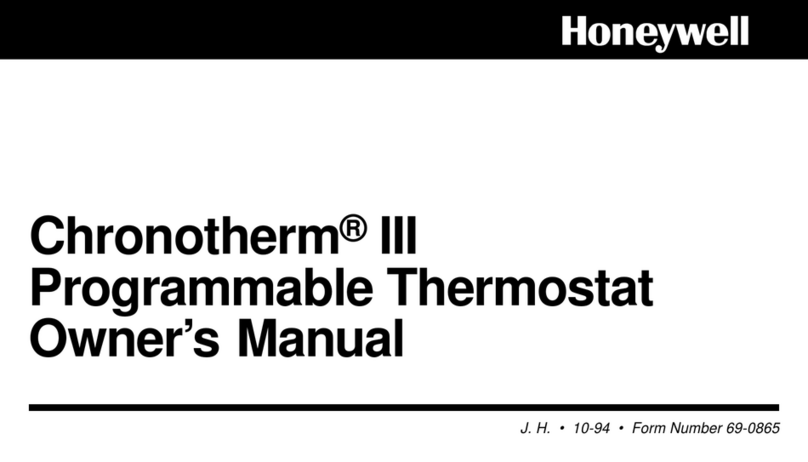Contents Seite
1 Introduction ............................................................................... 5
1.1 Typographical conventions ...................................................................... 5
1.1.1 Warning signs .............................................................................................. 5
1.1.2 Note signs ................................................................................................... 5
1.2 Application ................................................................................................. 6
1.3 Ex marking ................................................................................................. 6
1.4 Safety notes ............................................................................................... 6
2 Instrument identification .......................................................... 7
2.1 Nameplate .................................................................................................. 7
2.2 Type designation ....................................................................................... 8
3 Mounting .................................................................................... 9
3.1 Dimensions ................................................................................................ 9
3.2 Opening the surface-mounting thermostat .......................................... 10
3.3 Fixing the surface-mounting thermostat .............................................. 10
3.4 Capillary / temperature probe / pocket ................................................. 10
3.4.1 General ...................................................................................................... 10
3.4.2 Approved probes and sheaths .................................................................. 10
3.5 Permissible operating conditions at the pocket .................................. 11
3.5.1 Probe mountings 20 and 22 ...................................................................... 11
3.5.2 Probe mountings 10, 15, 21, 60, 65 .......................................................... 14
3.6 Mounting the probe ................................................................................. 14
4 Installation ............................................................................... 15
4.1 Regulations and notes ............................................................................ 15
4.2 Electrical connection .............................................................................. 16
4.3 Connection diagrams ............................................................................. 16
5 Settings .................................................................................... 17
5.1 Limit setting ............................................................................................. 17
5.1.1 TW, STW, TB (code 7) ............................................................................... 17
5.1.2 STB (code 70) ........................................................................................... 17
5.1.3 TB, STB (code 7-F or 70-F) ....................................................................... 18
5.2 Resetting the TB or STB limiter ............................................................. 19
5.3 Self-monitoring (fail-safe) ....................................................................... 19
5.3.1 Response to a fracture of the measuring system ..................................... 19
5.3.2 Response to low temperature ................................................................... 19
6 Instrument description ........................................................... 20
6.1 Technical data ......................................................................................... 20
7 Appendix .................................................................................. 24
